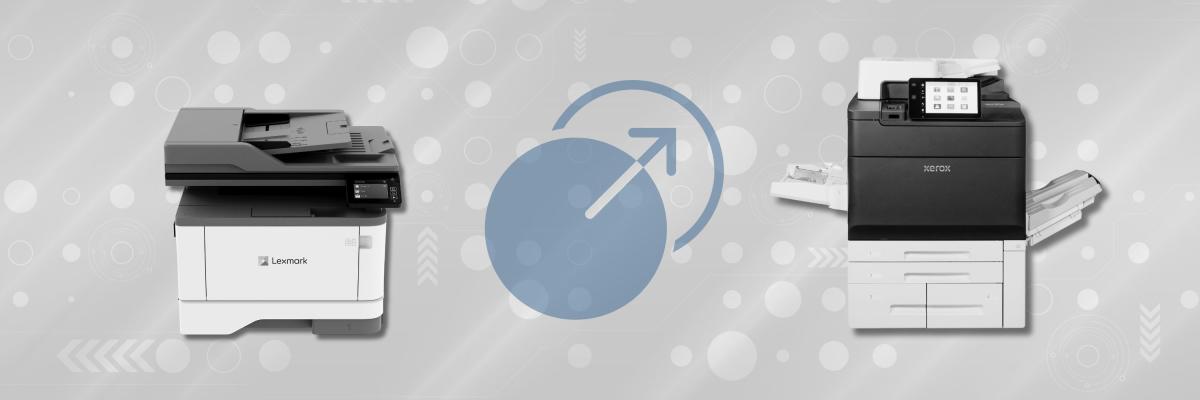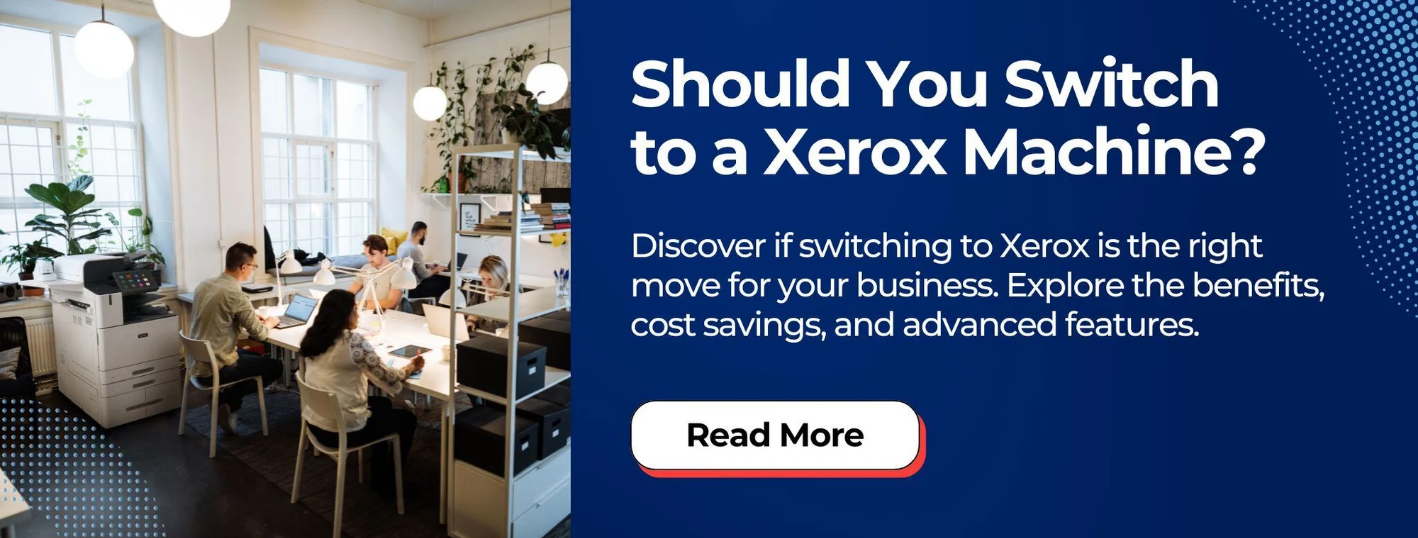
Big moves in the printer industry don’t happen every day, but when they do, they send ripples across the market. Xerox’s recent announcement that it will acquire Lexmark for $1.5 billion is one of those industry-shaping moments. As two major players in the print and office equipment space, their consolidation raises a few questions: What does this mean for competition? How will it impact the manufacturing landscape? And what should businesses that rely on these brands expect in the coming years?
With nearly 40 years in the industry, we’ve seen major shifts in printing technology, business models, and global supply chains. This acquisition has the potential to shake things up, but as with any deal of this scale, the real impact will take time to unfold. In this article, we’ll share our perspective as outsiders looking into the industry and take a closer look at what this merger could mean for the future of printing.
Industry Impact: Will This Change the Game?
When two giants merge, change is bound to happen. How fast and how significant that change will be is another question. Xerox and Lexmark have their own strengths, Lexmark is well known for its A4 printers and OEM solutions, while Xerox dominates in managed print services and production printing.
However, there is some overlap, particularly in the A3 device market. Will the combined company streamline its product offerings? Will Xerox phase out certain Lexmark models? These are all possibilities, but they won’t happen overnight.
There’s also the question of competition. Any time two large players combine, it impacts the competitive landscape. How other manufacturers react, whether by adjusting pricing, ramping up innovation, or strengthening partnerships, remains to be seen. What’s clear is that this deal makes Xerox an even more dominant force in the industry, and smaller competitors will need to stay nimble to keep up.
Want to stay ahead of industry trends? Read our Top Printer Industry Trends (2025).
The U.S. Manufacturing Question: A Shift in Strategy?
One of the biggest discussions in manufacturing today is the push to bring production back to the U.S. While Lexmark was previously owned by a Chinese parent company, this acquisition changes that dynamic. Will Xerox use this opportunity to shift more production to North America? The timing certainly makes it an interesting possibility, especially with discussions of tax incentives for companies that bring manufacturing stateside.
However, printer manufacturing is a complex operation with deep global supply chain ties. It’s unlikely that every component or assembly line will suddenly relocate to the U.S. That said, Xerox has the chance to rethink its supply chain strategy and make moves that could enhance stability and reduce reliance on overseas manufacturing. In a world still feeling the effects of supply chain disruptions, that could be a smart long-term play.
Managed Print & Hybrid Work: What’s Next?
Xerox has long been a leader in managed print services, and this deal strengthens that position. But what does that mean in an era where companies are printing less and relying more on digital workflows? While the shift to paperless offices hasn’t happened as quickly as some predicted, print needs have certainly evolved. Businesses today demand smarter, more connected devices that integrate seamlessly into hybrid work environments.
Lexmark’s expertise in A4 devices and OEM manufacturing could help Xerox develop even more efficient, feature-rich solutions for today’s workforce. With the rise of remote and hybrid work, businesses need printing solutions that support productivity no matter where employees are. This merger could accelerate innovations in that space, making advanced features available in smaller, more flexible devices.
Check out our blog on What is Cloud Print Management? to learn how businesses are adapting to smarter print environments.
Financial & Strategic Considerations: Where Are the Gains?
One of Xerox’s key selling points for this acquisition is the expected $200 million in cost synergies. But where will these efficiencies come from? Manufacturing and distribution are likely areas of consolidation, but there are also potential savings in sales, service operations, and supply chain management. Merging two large organizations isn’t simple, and ironing out these efficiencies will take time.
For printer dealers and resellers, there’s uncertainty but also opportunity. Will product lines change? Possibly. Will there be shifts in pricing or distribution? Likely. But for those who have built strong relationships with Xerox (as we have for nearly four decades), this could be a chance to expand offerings and bring new solutions to customers.
What Should Businesses Do?
If you rely on Xerox or Lexmark devices, you might be wondering if this acquisition should change your print strategy. The best advice? Stay the course and wait for the dust to settle. Large-scale mergers like this take time to fully integrate, and abrupt shifts are unlikely. In the long run, the goal of any merger is to strengthen the company’s position and bring better products and services to customers. If that happens here, businesses will benefit from a stronger, more innovative Xerox.
Considering a switch to Xerox? Read: Should You Switch to a Xerox Machine?
The Big Takeaway
At the end of the day, this deal makes Xerox even bigger. Already a leader in the industry, the company just added another major player to its roster. What that means for competition, pricing, and innovation will unfold in the coming months and years. For now, businesses that rely on Xerox and Lexmark products should keep an eye on how things develop. However, there’s no need to make any sudden moves.
One thing’s for sure: the print industry is far from stagnant, and this acquisition is a sign that even in a digital world, printing still plays a critical role. Stay tuned, there’s more to come.
